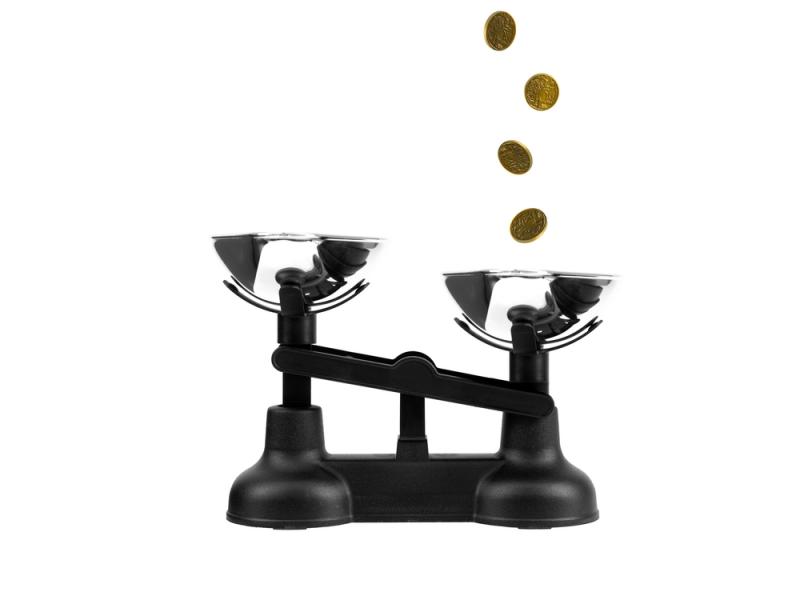
The Balance of Payments is an economic indicator and the overall record of all economic transactions of a country. It is an important macro-economic indicator that helps a country’s Reserve Bank to gauge the economic trends in the past, and create monetary policies. The Balance of Payment indicator constitutes of the following three sub-indicators:
– Current Account
– Capital Account
– Financial Account
The Balance of Payments (BOP) records the monetary value of transactions that have occurred between the residents of one country and residents of other countries in a particular period. This is generally reported on a quarterly and yearly basis. The BOP includes all transactions that have taken place in the private and public sectors. Simply put, the money flowing into the economy has a positive impact (credit), while the money flowing out of the economy has a negative impact (debit) on the total Balance of Payments.
BOP is divided into three accounts: Current Account, Capital Account and Financial Account.
Current Account: The current account records the money spent and received on goods and services. Balance of Trade forms the major portion of the Current Account, but it also includes Receipts from income-generating assets, such as dividends received on equities and interest on other investments, as well as Cash Transfers made internationally.
Balance of Trade (BOT): Balance of Trade refers to the difference between a country’s exports and imports and makes up the main portion of the Current Account indicator.
While calculating the BOT, a country’s imports, expenditure on foreign aid, investments, and spendings in other countries are debited and the amount of money received from the export of goods and services, foreign direct investments made in the domestic economy are credited.
If a country’s total exports are greater than the total imports, it has a trade surplus (positive balance). However, if a country’s total exports are lower than its total imports, the country has a trade deficit (negative balance). Countries like Germany and China have a trade surplus, while nations like the US, India, and Australia have a trade deficit.
Having a trade deficit is not necessarily a drawback, however, it is relative to the business cycle of the economy. When a country is going through an expansionary stage, the reserve bank of the nation will aim for a trade deficit. Higher imports encourage international competition, which keeps the domestic prices from inflating. When a country is experiencing deflation, it will aim for a trade surplus, in order to boost its exports, create more jobs and increase demand for its goods.
Capital Account: The capital account reflects the net change in asset ownership for a country. This account records the purchase and sale of non-financial and non-produced assets, which are required for production.
This indicator also interprets the monetary value of transactions such as the transfer of financial assets by residents who are migrating the country, the purchase and sale of foreign assets by a domestic company, and the purchase and sale of domestic assets by a foreign company.
Financial Account: This component covers claims in regards to financial assets, such as gold, currency, derivatives, special drawing rights, shares, and bonds.
Theoretically, a country’s balance of payments should be zero. The total of the current account should be equal to the sum of the capital account. A deficit in the current account is balanced out by a surplus in the capital account.
For example, if a country is going through an expansionary stage, large foreign corporations are attracted to enter the market through investments. This scenario has a balancing effect: While the foreign direct investment will increase the capital account balance, it will also increase competition among local businesses, and ultimately make the products and services cheaper. The low prices will have a negative impact on the country’s current account. Hence the net effect is zero.
